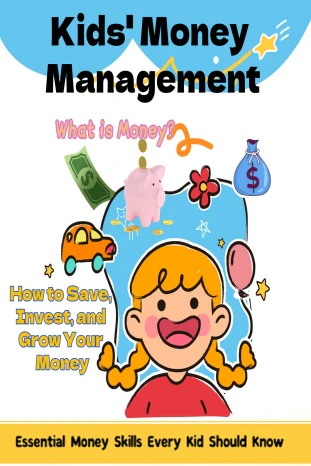Buddhism Teaches You to Understand Our Negative Emotions
Specifically speaking, there are 10 kinds of negative emotions mentioned in Buddhism: anger, hatred, slander, annoyance, jealousy, stinginess, deception, flattery, harm, and arrogance.
Explanation:
- “忿” (fèn) means anger.
- “恨” (hèn) is holding a grudge internally.
- “覆” (fù) refers to a mindset of concealing one’s true feelings.
- “恼” (nǎo) arises from anger and resentment; if anger is still internal, “恼” is when the anger has been expressed outwardly.
- “嫉” (jí) means jealousy, or not being pleased with others’ success.
- “悭” (qiān) refers to stinginess, a greed for wealth and reluctance to give.
- “诳” (kuáng) is deceitful behavior driven by personal gain.
- “谄” (chǎn) means flattery or fawning over others.
- “害” (hài) involves intending to harm others, whether by hurting or mentally distressing someone. Verbal abuse or emotional harm is also considered “害,” not just physical violence.
- “憍” (jiāo) refers to the emotion of self-satisfaction or arrogance due to one’s own advantages.
These negative emotions are visible in daily life. They impact various aspects of our mental state, manifesting in eight forms: restlessness, dullness, doubt, laziness, carelessness, forgetfulness, distraction, and incorrect awareness. These are not specific emotions but are linked to mental states like anxiety and depression.
In addition to these, emotions are connected to the “five universal mental functions” related to sensation, which include: pain, pleasure, sadness, joy, and indifference. This is the starting point of emotions. Anxiety, for instance, stems mainly from the sensation of “worry” in the five universal sensations, which creates anxiety about the future.
Emotions arise from sensations, and sensations are tied to ego-clinging: if something aligns with the ego, it brings pleasure; if it goes against the ego, it causes aversion. We can say that the development of emotions happens in stages, beginning with sensation, which leads to a series of mental responses and eventually gives rise to visible emotions.
When overt emotions appear, they are already in the realm of perception and thought in the five universal mental functions. Emotions exist to balance desire, and as long as desire persists, emotions also tend to remain, until the balance is disrupted.

Methods to Relieve Negative Emotions
- Mind-Body Connection
Buddhism advocates for balance and harmony between the body and mind. By paying attention to the connection between the body and emotions—through activities such as yoga or tai chi that balance the body and mind—emotional and mental health can be improved. - Zen Meditation and Insight
Zen meditation is one of the core practices in Buddhism. By observing and gaining insight into the true nature of the mind, people can understand the causes and essence of negative emotions and gradually transcend suffering and distress. - Good Deeds and Virtuous Actions
Buddhism encourages cultivating joy and happiness by performing kind actions and caring for others. Actively participating in social activities, helping others, and nurturing compassion can help alleviate negative emotions. - Correct Understanding of Impermanence and Suffering
Buddhism teaches that the suffering and pain in life are impermanent. When negative emotions arise, we can reduce our attachment and resistance to suffering by understanding and accepting the impermanence of all things. - Meditation and Practice
Buddhism emphasizes inner peace and stability as ways to cope with difficulties and suffering. Through meditation and mindfulness practices, people can develop inner calm and awareness, accept and let go of inner troubles and pain, and thus reduce the impact of negative emotions.








